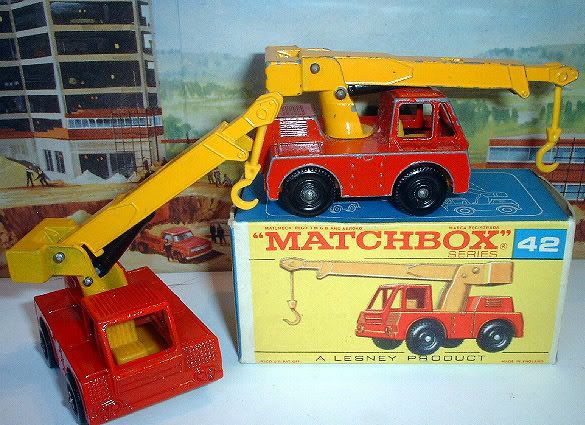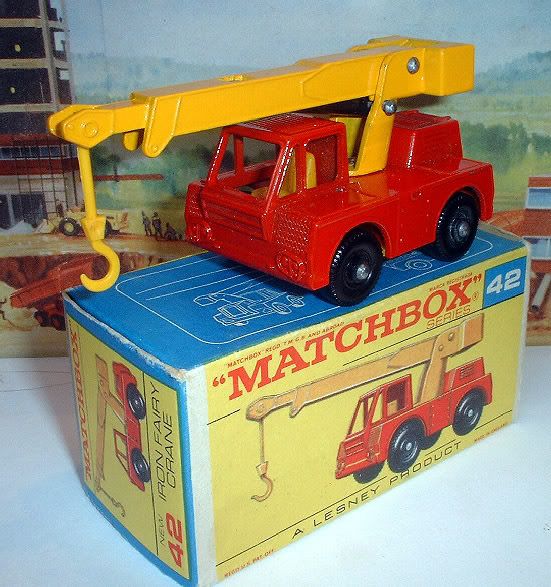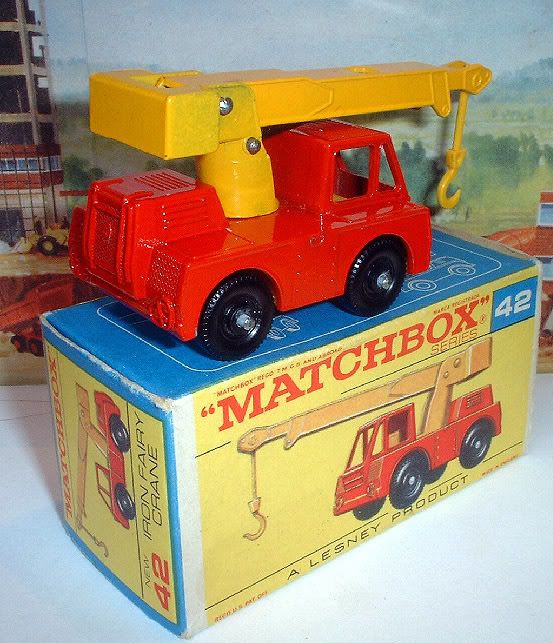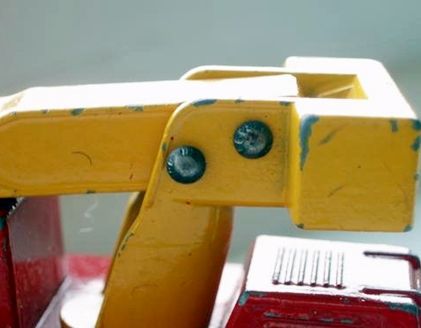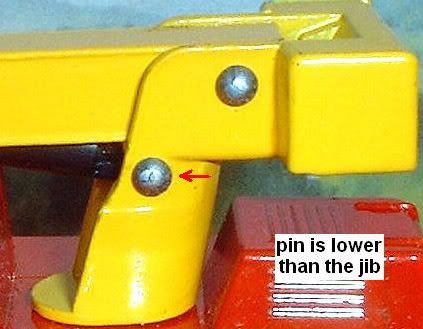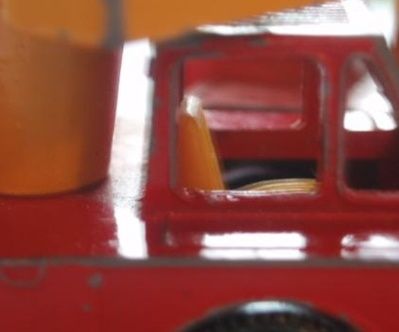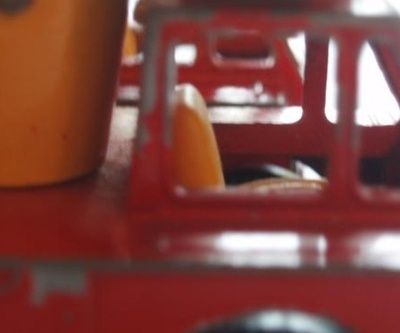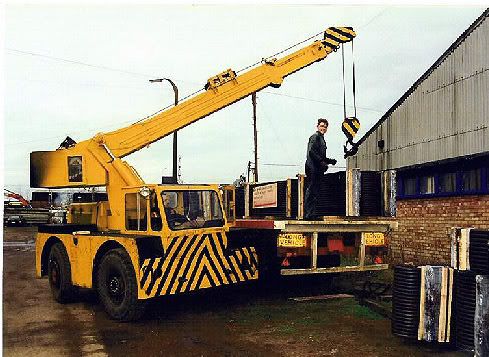| code number
|
general
|
wheel type
|
body type
|
drivers seat
|
jib pin
|
| code 1
|
red body, yellow jib, yellow plastic base
|
12.5 x 48
|
body 1
|
thick
|
high pin
|
| code 2
|
red body, yellow jib, yellow plastic base
|
12.5 x 48
|
body 2
|
thick
|
high pin
|
| code 3
|
red body, yellow jib, yellow plastic base
|
12.5 x 48
|
body 1
|
thick
|
low pin
|
| code 4
|
red body, yellow jib, yellow plastic base
|
12.5 x 48
|
body 2
|
thick
|
low pin
|
| code 5
|
red body, yellow jib, yellow plastic base
|
12.5 x 48
|
body 1
|
thin
|
low pin
|
| code 6
|
red body, yellow jib, yellow plastic base
|
12.5 x 48
|
body 2
|
thin
|
low pin
|



